Have you ever noticed that your tomatoes don’t grow as well the second year you plant them in your garden? Or do garden pests, like vine borers and hornworms, seem to get worse in your beds year after year? There’s a reason for this and a solution too: crop rotation!
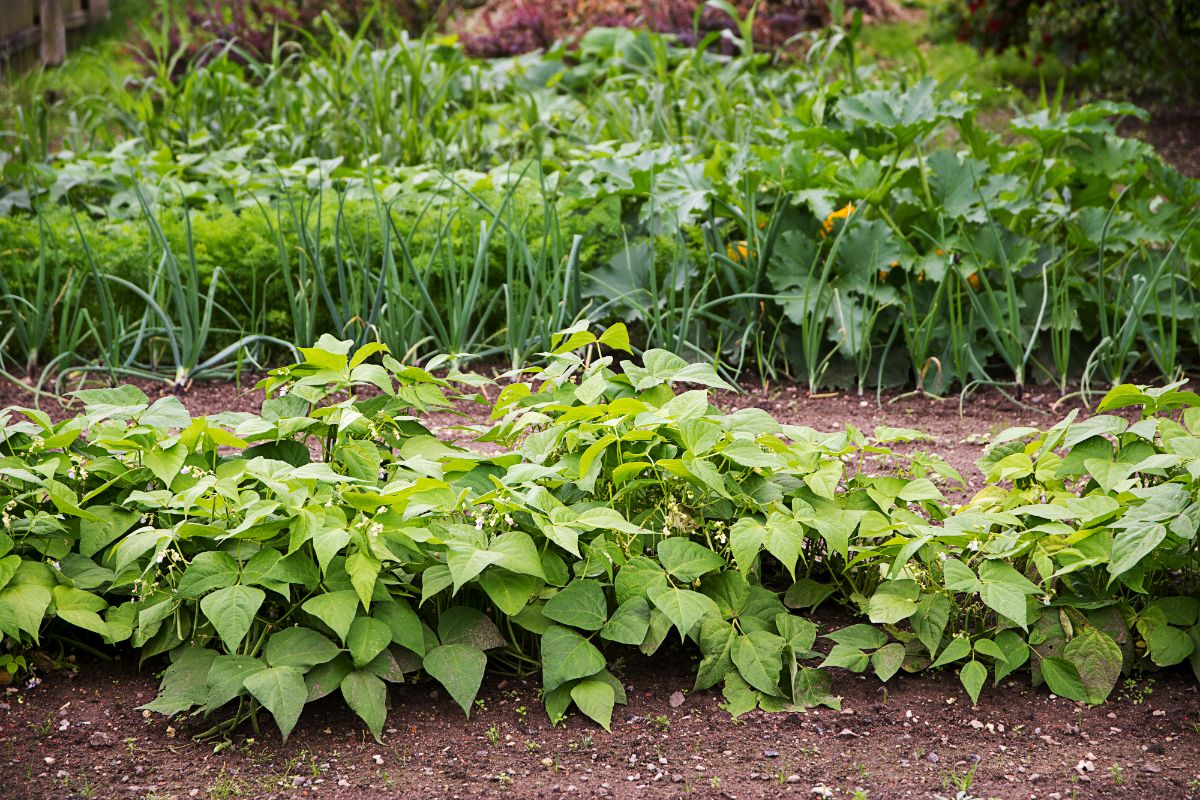
Crop rotation is a traditional gardening method that alternates which plants are grown in your garden every year. When properly done, crop rotation can help replenish your garden soil and prevent soil nutrients from becoming depleted. Crop rotation is also an important aspect of natural pest and disease control.
If you’re new to gardening or you are just curious about learning more about crop rotation, this guide should help. Below you’ll find guidelines on how to rotate crops to control pests, build your soil, and more!
Jump to:
- What is crop rotation?
- Why rotate your crops?
- 10 tips for successful crop rotation
- 1. Rotate crops on at least a 3-year cycle
- 2. Use plant families to develop your crop rotation plan
- 3. Alternate heavy and light-feeding plants
- 4. Take advantage of legumes
- 5. Sow root vegetables to break up soil
- 6. Try out cover crops
- 7. Install floating row covers
- 8. Keep perennials where they are
- 9. Sketch out your plan ahead of time
- 10. Keep a record
- Dividing your plants into families
- Alternatives to crop rotation
- Frequently asked questions
- Summary
What is crop rotation?
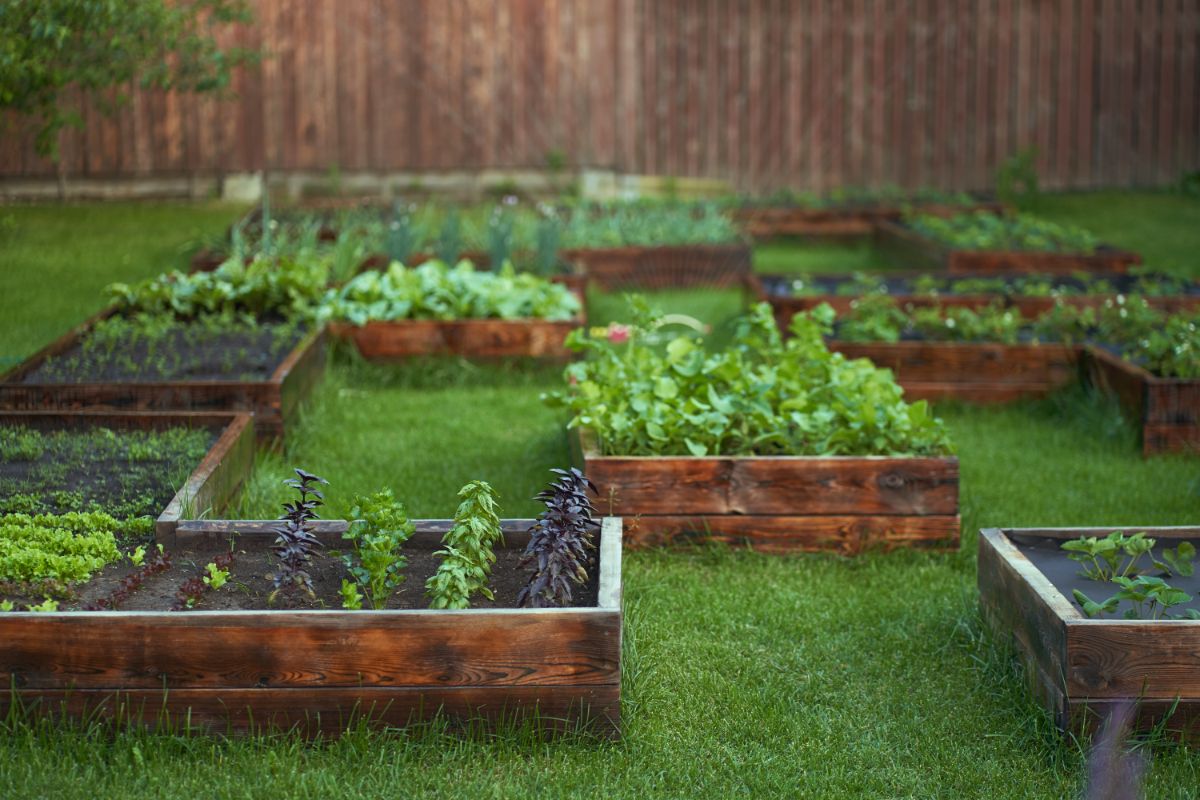
Simply put, crop rotation is a systematic method of moving plants throughout your garden to reduce pests, plant diseases, and soil depletion.
Individual plants can be rotated; however, for ease and simplicity, plants are usually rotated based on the plant family they belong to – such as nightshades, brassicas, and alliums.
The time between rotation cycles can vary, but it’s generally recommended to rotate plants on at least a 3 to 5-year cycle. That means that if you plant tomatoes in one section of your garden, you should avoid planting tomatoes (or other nightshades) in that area for at least 3 years.
Crop rotation can be performed on a large scale – such as in industrial agriculture. But crop rotation works for backyard gardeners too.
The easiest way to rotate crops is to have different beds that you move plants between. However, if you have a smaller garden, you can divide your growing space into sections and rotate crops between those areas.
Why rotate your crops?

Alternating where plants are sown every year can prevent soil-borne pests and diseases from overwintering and infecting future crops. Crop rotation also alternates heavy-feeding plants with light feeders so that soil doesn’t get worn out over time. Additionally, crop rotation can incorporate cover crops or nitrogen-fixing legumes into the rotation cycle to naturally boost soil fertility and replenish depleted soils.
While there are many reasons to include crop rotation in your gardening practice, this technique can be particularly effective against soil-dwelling pests. Some of the top pest infestations that crop rotation can address include:
- Squash vine borers
- Tomato hornworms
- Colorado potato beetles
- Cucumber beetles
- Cabbage worms
- Root-knot nematodes
Rotating crops can help combat certain soil-borne plant diseases like:
- Bacterial spot
- Bacterial speck
Beyond all this, rotating your crops can switch up the look of your garden over time, giving you more chances to get creative with your planting arrangements. To vary the appearance of your garden, try moving vertical growers, like pole beans, to different spots in your landscape. Or experiment with sowing colorful lettuces or amaranth at different locations every year.
10 tips for successful crop rotation

The following guidelines will help you to develop a crop rotation strategy that will work for your garden. Depending on the size of your garden, some of the tips below may not apply. However, if you have the space for it, these tips can help reduce pest activity, eliminate soil diseases, and rebuild your soil structure and fertility.
1. Rotate crops on at least a 3-year cycle
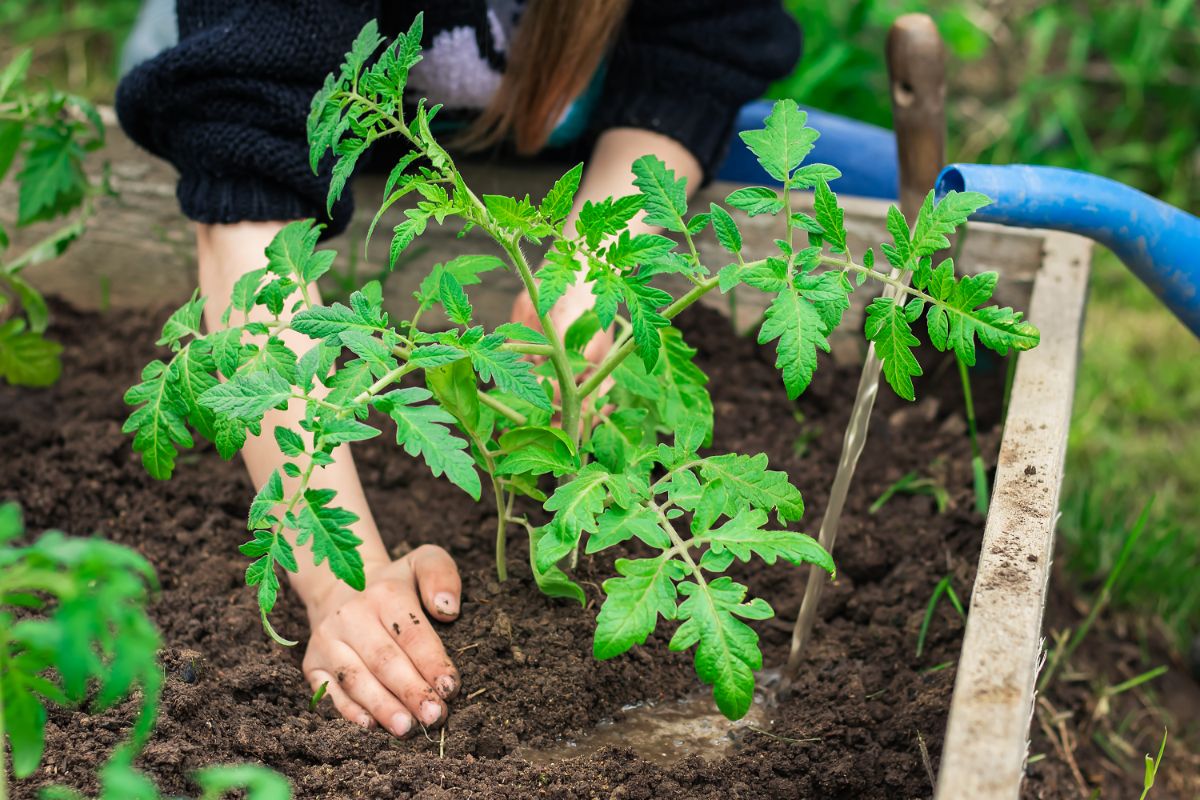
Soil-dwelling pests and diseases can overwinter in the soil and reemerge the following spring. If you’ve noticed that insects like squash vine borers and tomato hornworms are becoming an increasing problem in your garden, crop rotation can help.
Because plants in the same plant family are susceptible to the same diseases, try to avoid planting the same types of plants in the same area for 3 to 5 years. The longer you can wait to sow the same plants in a particular area, the lower the incidence of soil-born pests and diseases will be.
If you have a larger garden or multiple garden beds, it will be easier to rotate your crops on longer cycles. However, crops in even small gardens and container beds can be rotated. To do this, divide your beds into at least 3 or 4 sections and then rotate plants in the same plant family between those areas.
2. Use plant families to develop your crop rotation plan
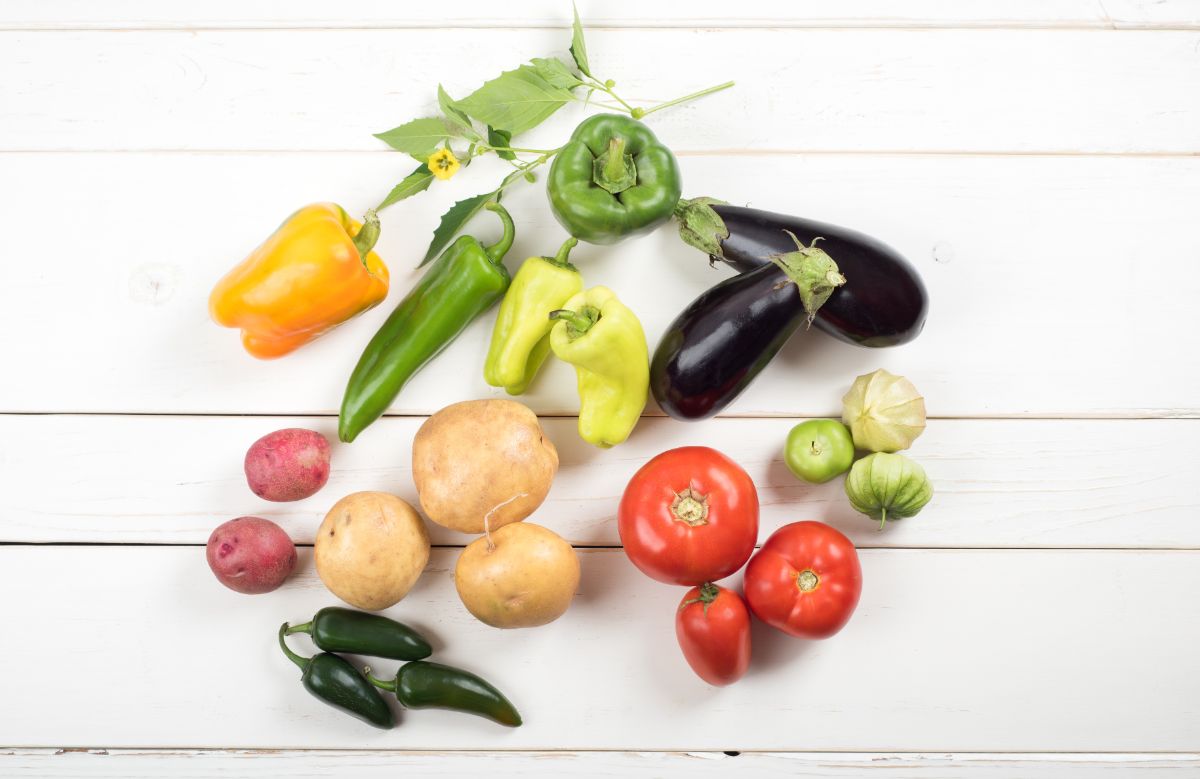
Using the guide below, go through your seeds and the list of plants you’d like to grow in this year’s garden, and then divide the plants into their plant families. For example, group all of your tomatoes, eggplant, and peppers together into the nightshade group. Miscellaneous seeds can also be gathered together as filler plants to use within your crop rotation cycle.
If you don’t plan on growing any members of a certain family, such as umbellifers, just leave them out of your crop rotation plan.
Tip: While grouping plants by plant family is recommended, you can also simplify this process even further by dividing plants into one of four groups. Those groups are: legumes (beans and peas), root crops (carrots, beets, parsnips), fruit crops (tomatoes, melons, cucumbers), and leaf crops (lettuce, kale, spinach). These loose categories lump similar plants together and can help you plan your sowing strategy based on which plants are heavy or light feeders.
3. Alternate heavy and light-feeding plants
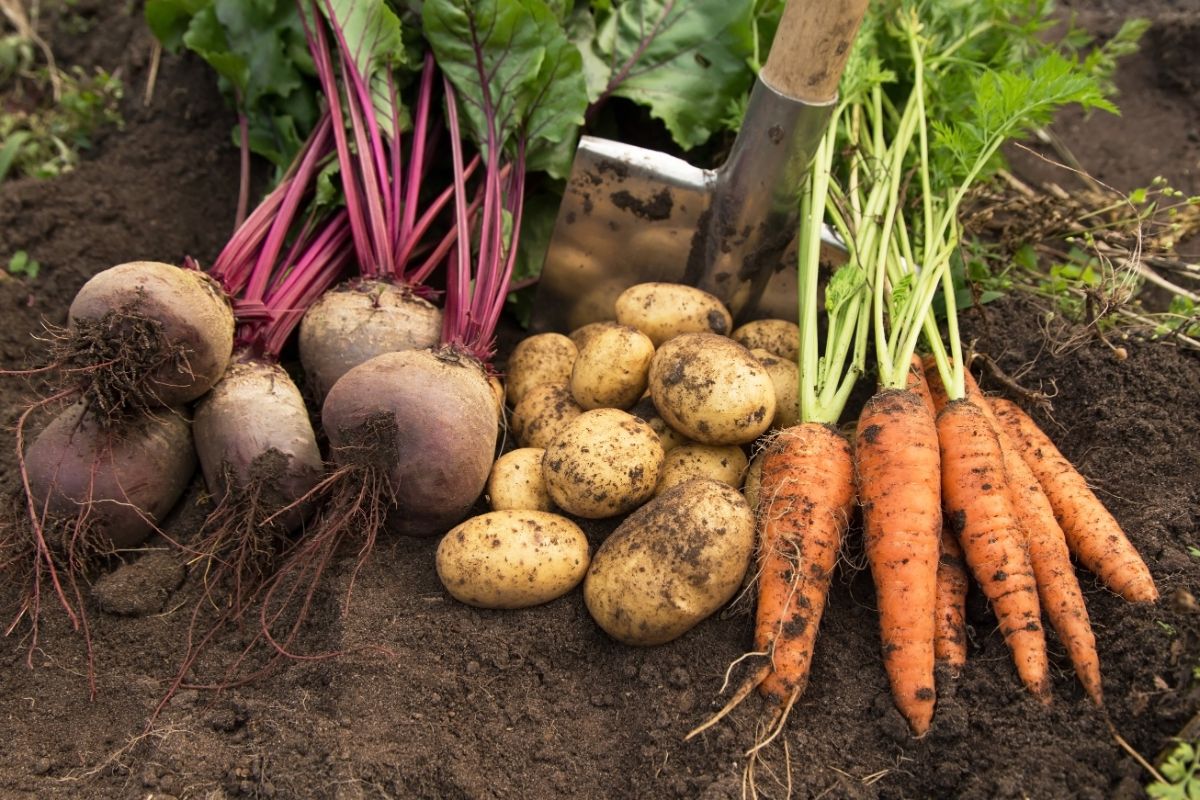
Nightshade and cucurbit plants are particularly heavy feeders, and they can absorb many soil nutrients and leave garden beds depleted if they’re grown in the same spot every year.
To keep this from happening, switch things up and plant heavy feeders in a section of your garden the first year. The following year, sow some light-feeding root vegetables to give your soil a break.
4. Take advantage of legumes
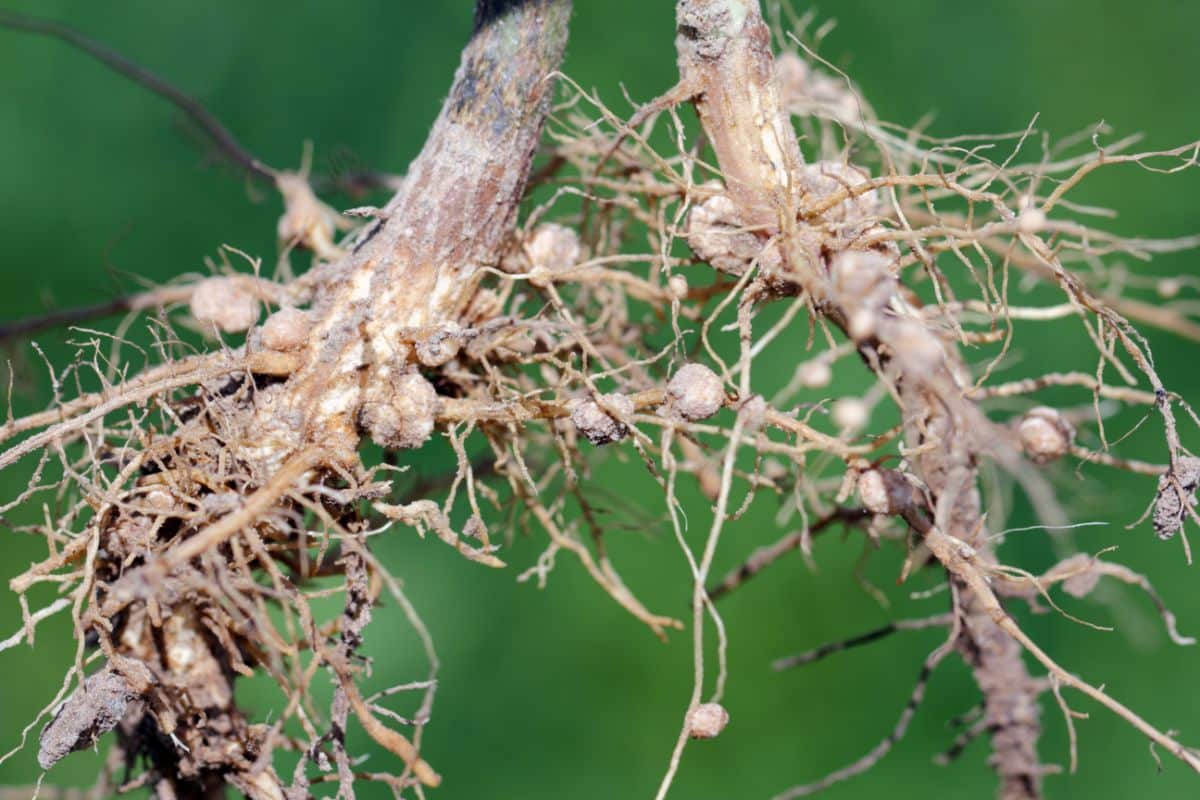
Sowing legumes in an area of your garden where you previously kept heavy-feeding plants can rejuvenate your soil.
To get the most out of your legumes, don’t remove the root system at the end of the growing season. Instead, snip off the top of the plant and leave the roots right where they are. As they break down in the earth, they will release nutrients and enhance your soil’s health.
5. Sow root vegetables to break up soil
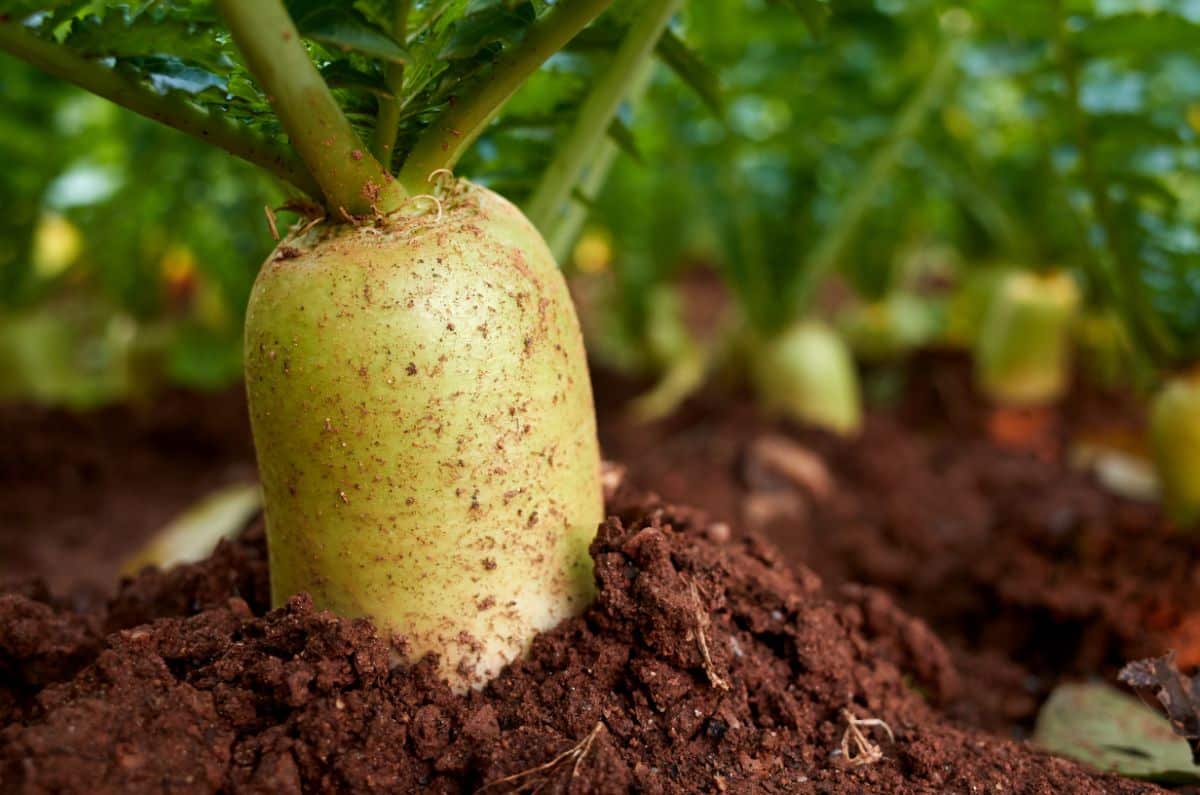
Root vegetables and some legumes can also improve the structure of your beds and loosen up compacted soil. If you’ve been growing lots of crops in a section of your garden, or your garden soil has become dense for another reason, try sowing root veggies to loosen up the earth. Daikon radishes work very well for this.
Better aerated soil will support healthier plant roots and can improve the growth of other vegetables, like tomatoes, melons, and cucumbers.
6. Try out cover crops
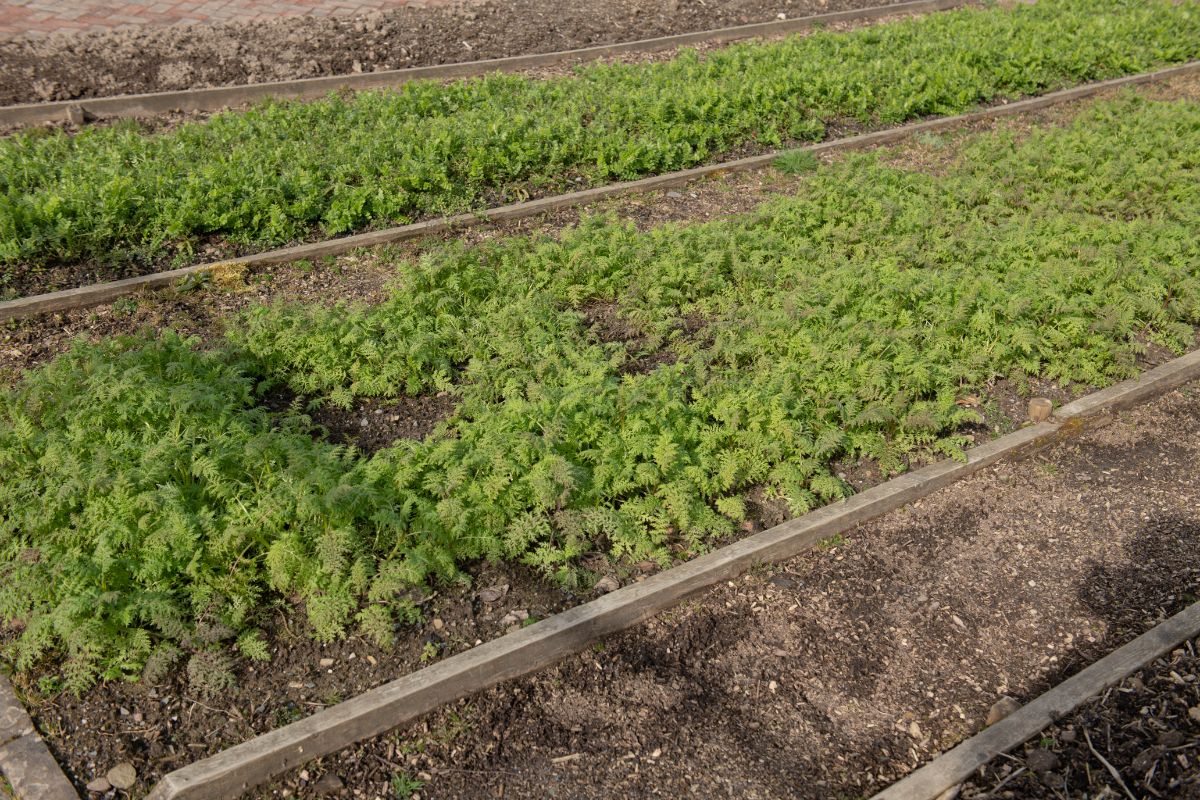
Like legumes, cover crops improve soil fertility and can also break up compacted soil. Which cover crops will work for you will depend upon your growing location, but some common choices include crimson clover, winter rye, and field peas.
If you have a very small garden, you may not have the space for cover crops. However, gardeners with larger properties can leave a section of their garden fallow for a year or cover that area with cover crops to add nutrients. Working this into a crop rotation cycle can improve your soil overall and reduce pest activity, since pests in empty beds won’t have enough food to support pest populations.
Even if you can’t leave a section of your garden empty for cover crops, you can still sow cover crops towards the end of the growing season. Once frost arrives, many cover crops will degrade back into the soil, releasing valuable nitrogen, potassium, and other elements into your garden.
7. Install floating row covers
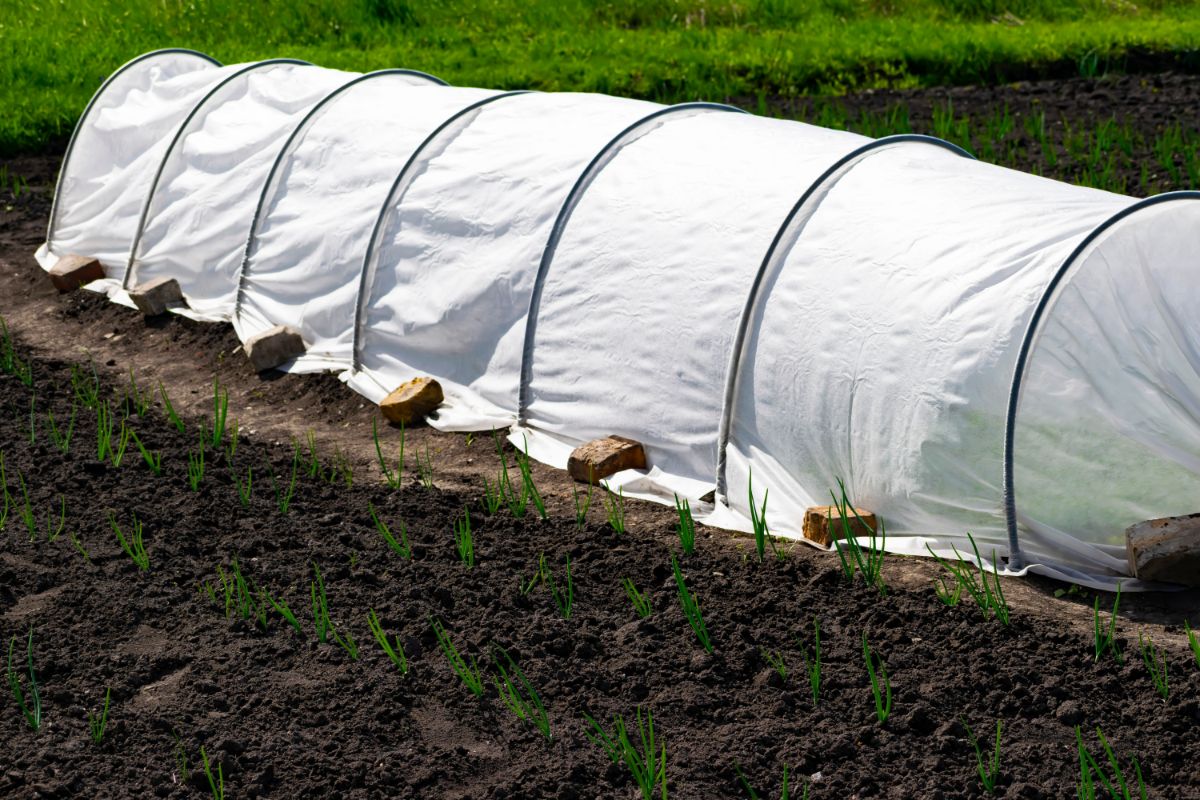
One of the best ways to get the most out of crop rotation is to combine it with other methods of organic pest control. One particularly effective combination is crop rotation paired with a timely installation of floating row covers.
If you’ve dealt with soil-dwelling pests, moving your crops to a different section of your garden will prevent pests from reinfecting plants when they emerge from the soil in the spring. However, certain pests can fly or travel to other sections of your garden by other means. Installing floating row covers over vulnerable plants at the beginning of the season will ensure that pests won’t be able to land on your plants and cause future issues.
While this process isn’t 100% effective, it can greatly reduce the number of pests in your garden and keep your plants pest-free without chemicals. Just make sure that floating row covers are in place before pests emerge. That usually means installing your row covers in early spring.
To keep pests from wiggling up inside row covers, anchor the base of your row covers with heavy stones or boards or hold them in place with landscape staples.
8. Keep perennials where they are
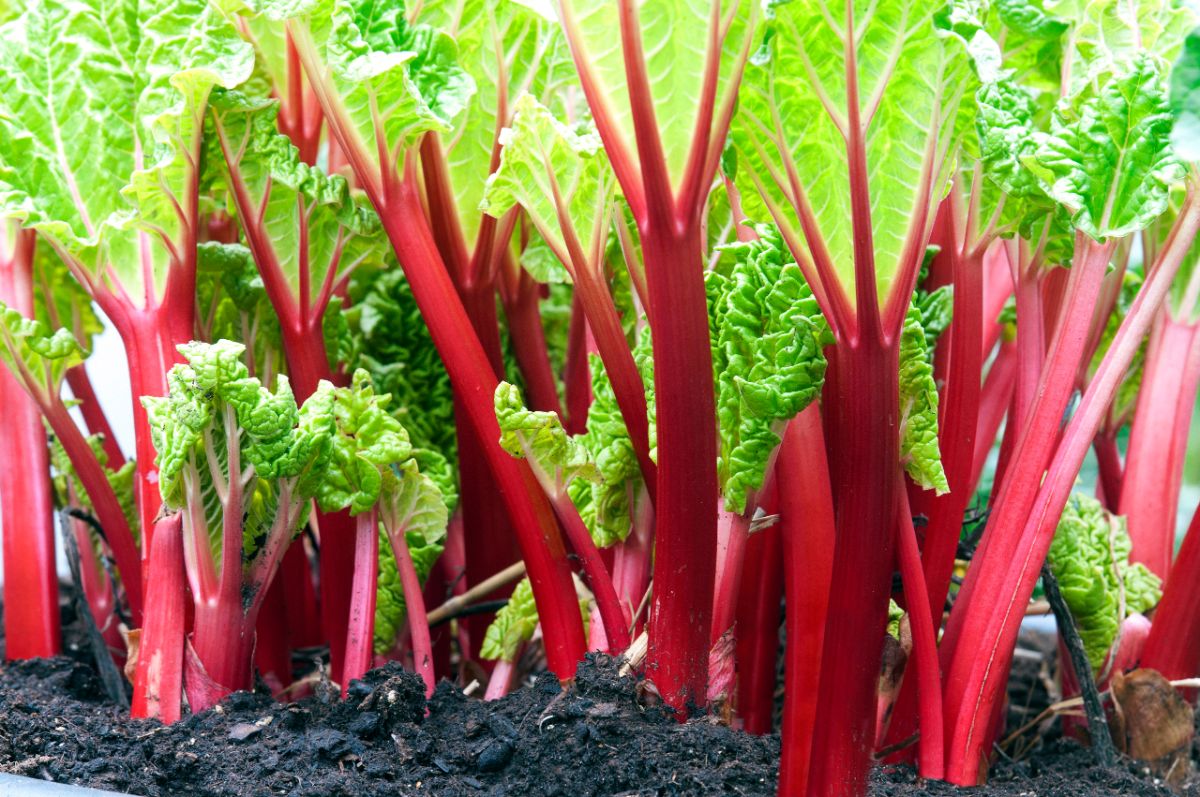
Annual herbs, vegetables, and flowers can often benefit from crop rotation, but perennial plants don’t need to be rotated. In fact, rotating these plants will cause unnecessary disruption to their root systems and keep them from growing as vigorously.
Herbs like sage, oregano, and thyme are perennial in most growing regions and don’t need to be rotated. Some perennial vegetables and fruit, like strawberries, asparagus, and horseradish, also come back year after year. Remember to plan your crop rotation cycle around these perennial plants for a more functional garden.
9. Sketch out your plan ahead of time
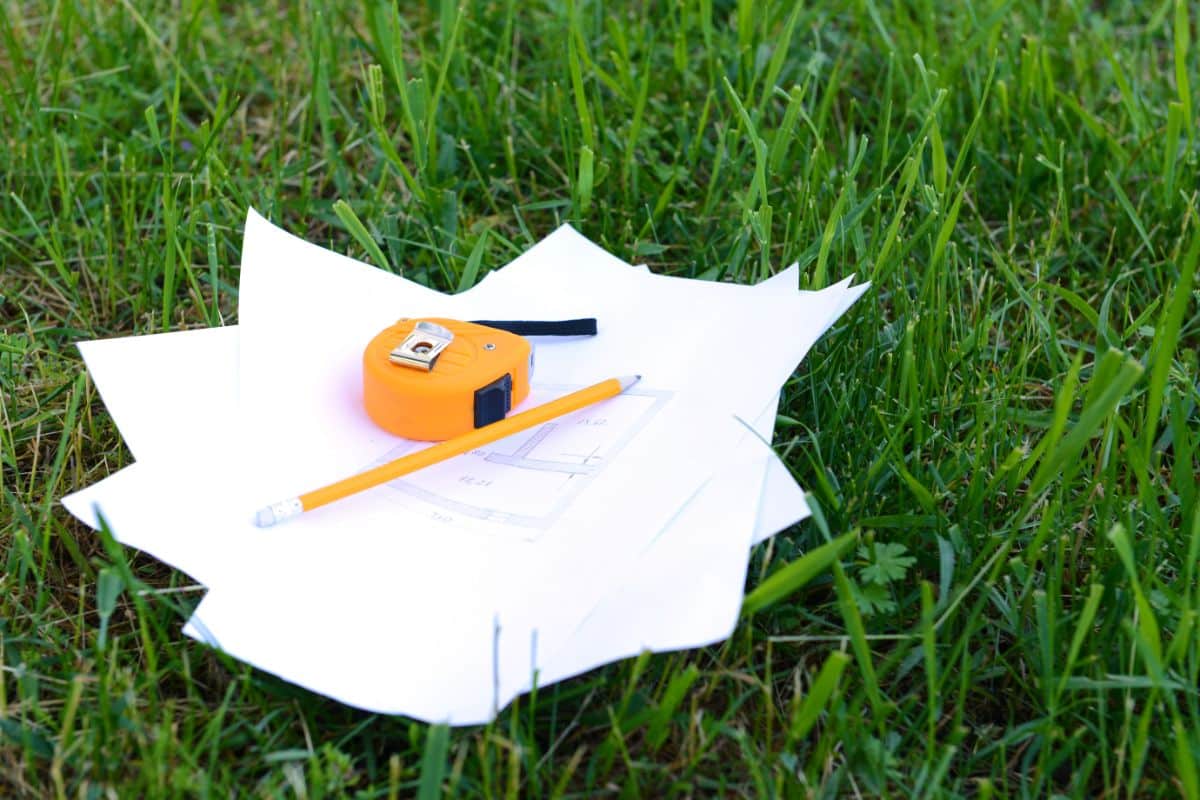
Deciding the best way to rotate your plants can feel a bit overwhelming at first. After all, how can we keep track of what was planted where year after year?
One way to simplify your crop rotation strategy is to sketch out your rotation plan ahead of time. It can be useful to create several sketches, with one sketch per year of your rotation cycle. Dividing your garden into sections and then moving plant families in a clockwise direction around the garden sections can be an easy way to rotate your crops.
Alternatively, some gardeners create note cards with a plant family listed on each card. Moving the cards around until you find a rotation cycle that makes sense can save you time and help you discover the right plan for your garden.
10. Keep a record

Record keeping is always useful in the garden, but it’s particularly beneficial for crop rotation. Making a note of where you grew certain vegetables one year will help you avoid accidentally sowing the same type of plants in that area until the crop rotation cycle is complete.
Dividing your plants into families

Tomatoes, peppers, and eggplants may not look that similar, but these plants are all in the same plant family (nightshades), which means they are susceptible to the same pests and diseases. While you can rotate individual crops, rotating plants based on the plant family they belong to will simplify your gardening process and streamline crop rotation.
When planning your crop rotation cycle, you’ll want to keep the most common plant families in mind:
- Nightshades.
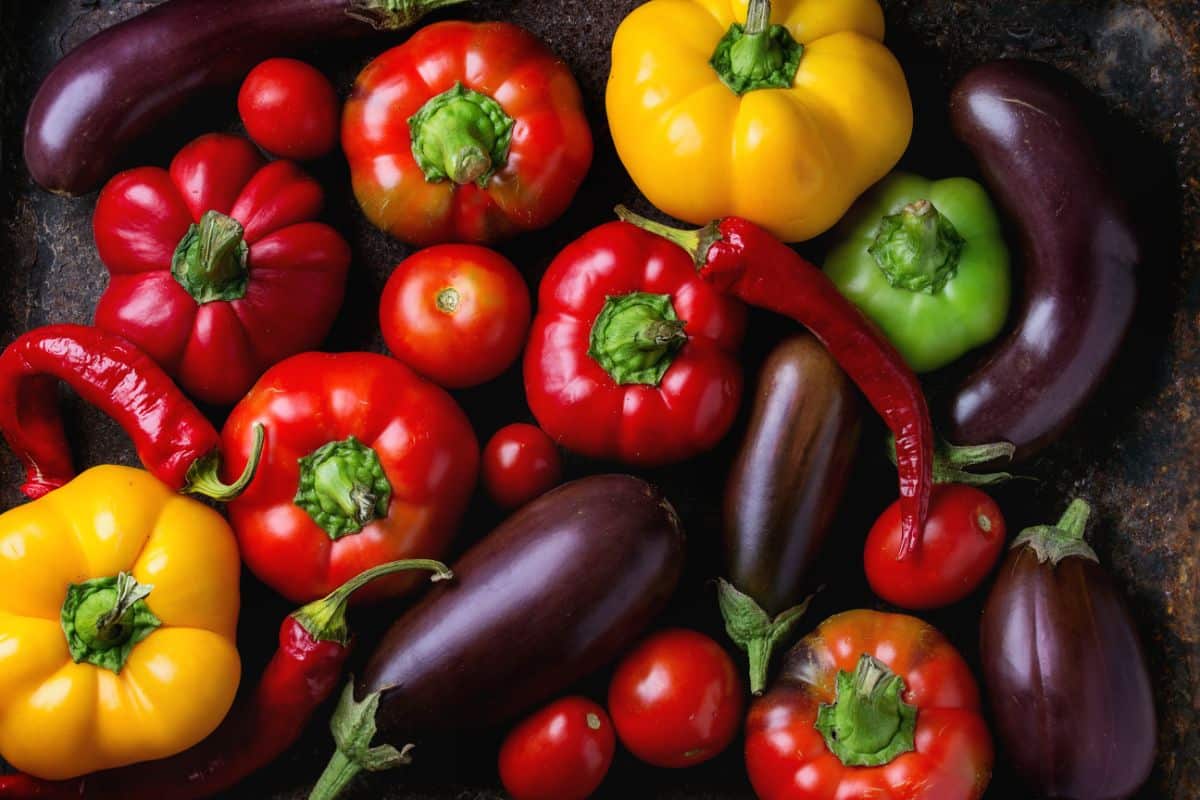
Nightshade plants can be susceptible to common pests, like tomato hornworms. Tomatoes, eggplants, peppers, petunias, tomatillos, potatoes, and ground cherries all belong to this plant family. These plants are also heavy feeders and can lower soil fertility if they’re grown in the same spot year after year.
- Umbellifers.
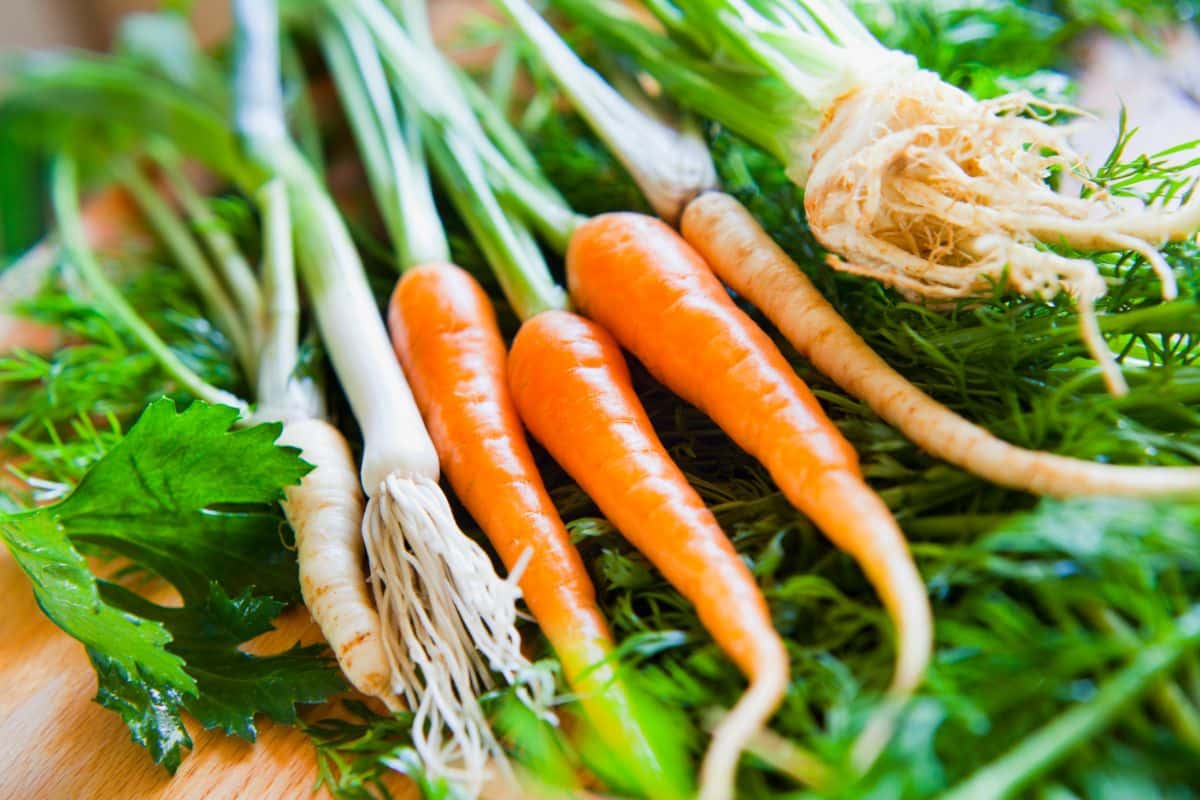
Umbellifer plants are named for the “umbel” shape of their broad and airy flowers. These plants include carrots, parsnips, fennel, dill, and parsley, as well as wildflowers like Queen Anne’s lace. Umbellifers are susceptible to pests like carrot flies, but they aren’t heavy feeders, and their large tap roots can help break up heavy soil.
- Brassicas.
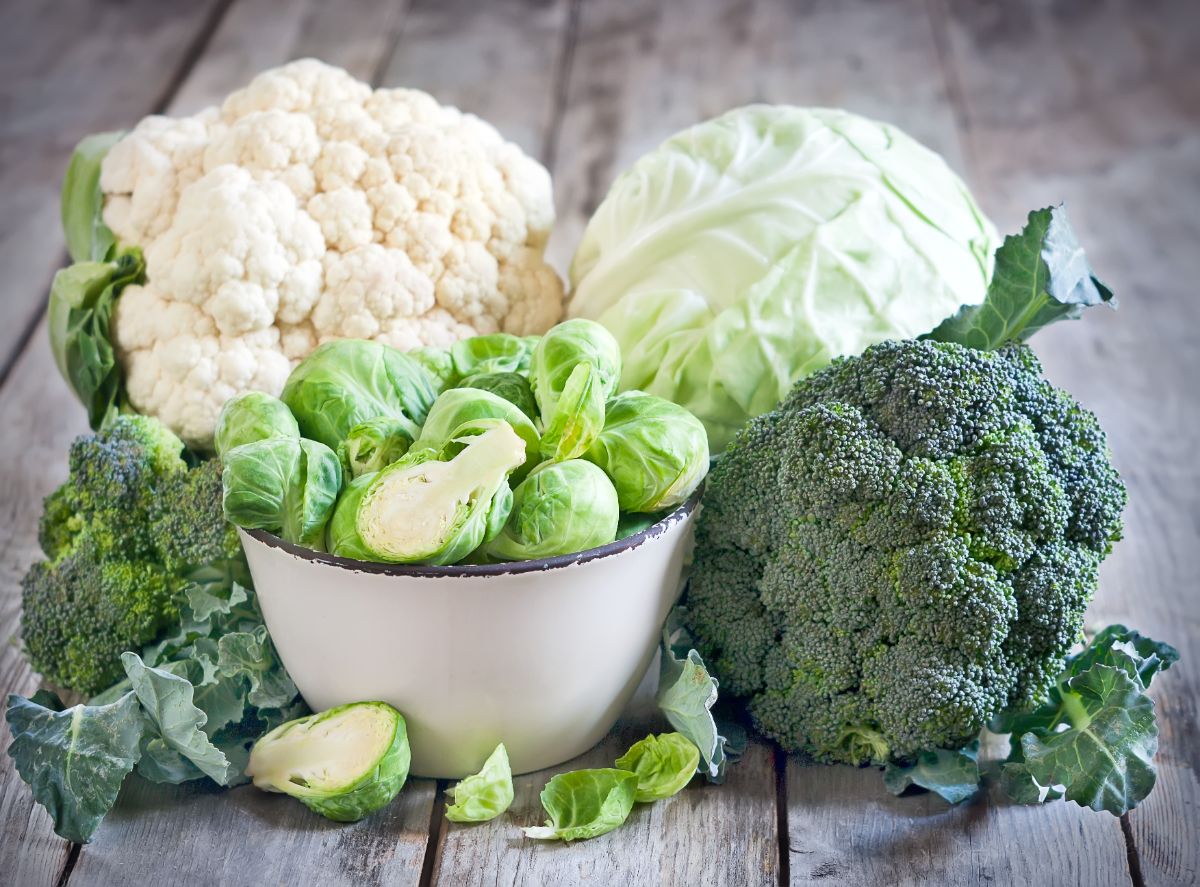
Broccoli, cabbage, cauliflower, kale, Brussels sprouts, and bok choy all belong to the brassica family. These plants can be very susceptible to many garden pests, including aphids and cabbage loopers. They are also heavy feeders and shouldn’t be planted in the same area year after year.
- Alliums.
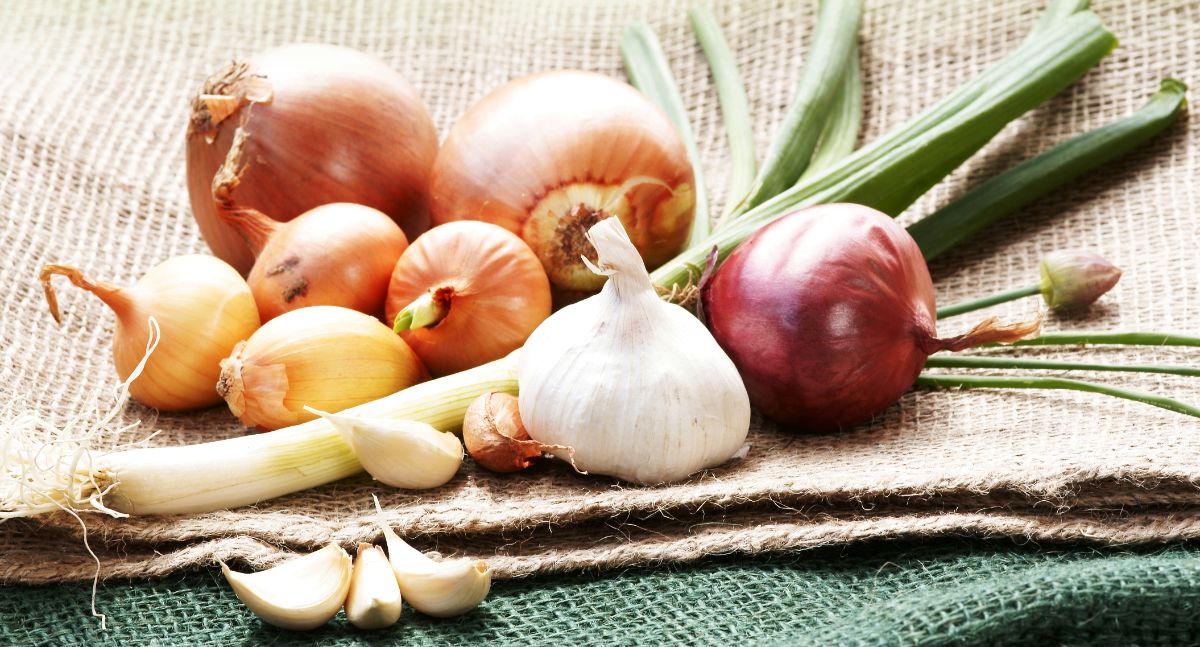
Pest-resistant and resilient, garlic, onions, chives, leeks, and shallots are all members of the allium family. While these plants are heavy feeders, their strong scent makes them well-suited for natural pest control.
- Legumes.
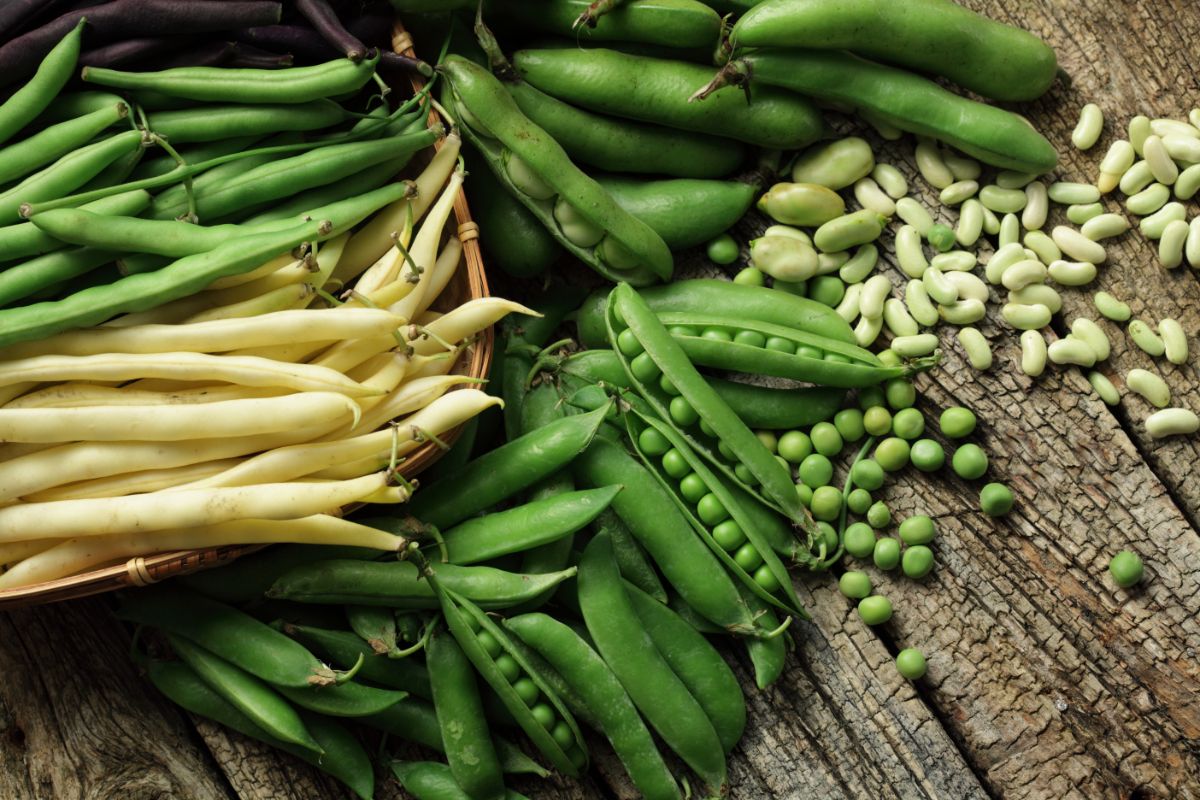
Beans, peas, lupines, and clover belong to the legume family. These plants all have nitrogen-fixing abilities, which can add nitrogen to the soil. Over time, legumes improve soil quality and are often planted after heavy feeding plants to replenish the soil.
- Cucurbits.
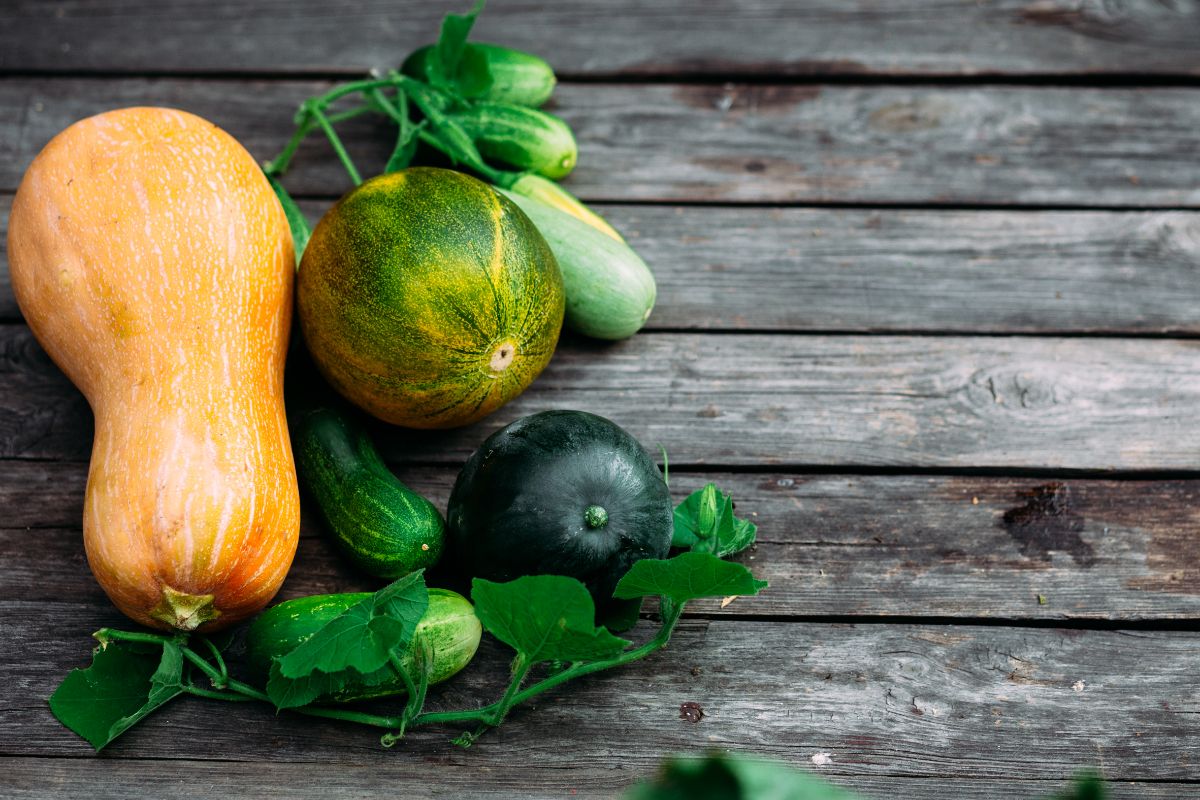
Cucurbit plants include squash, pumpkins, zucchini, cucumbers, and melons. These plants are all heavy feeders, and they are often taunted by soil-dwelling pests like squash vine borers.
- Miscellaneous.

Some plants, like okra, are usually the only cultivated member of that plant family, so you don’t need to group these plants into a larger family. Because these plants aren’t part of a larger vegetable family, they can be less susceptible to diseases as well. That makes these plants great for filling in spots in your crop rotation cycle.
- Cover crops (optional).
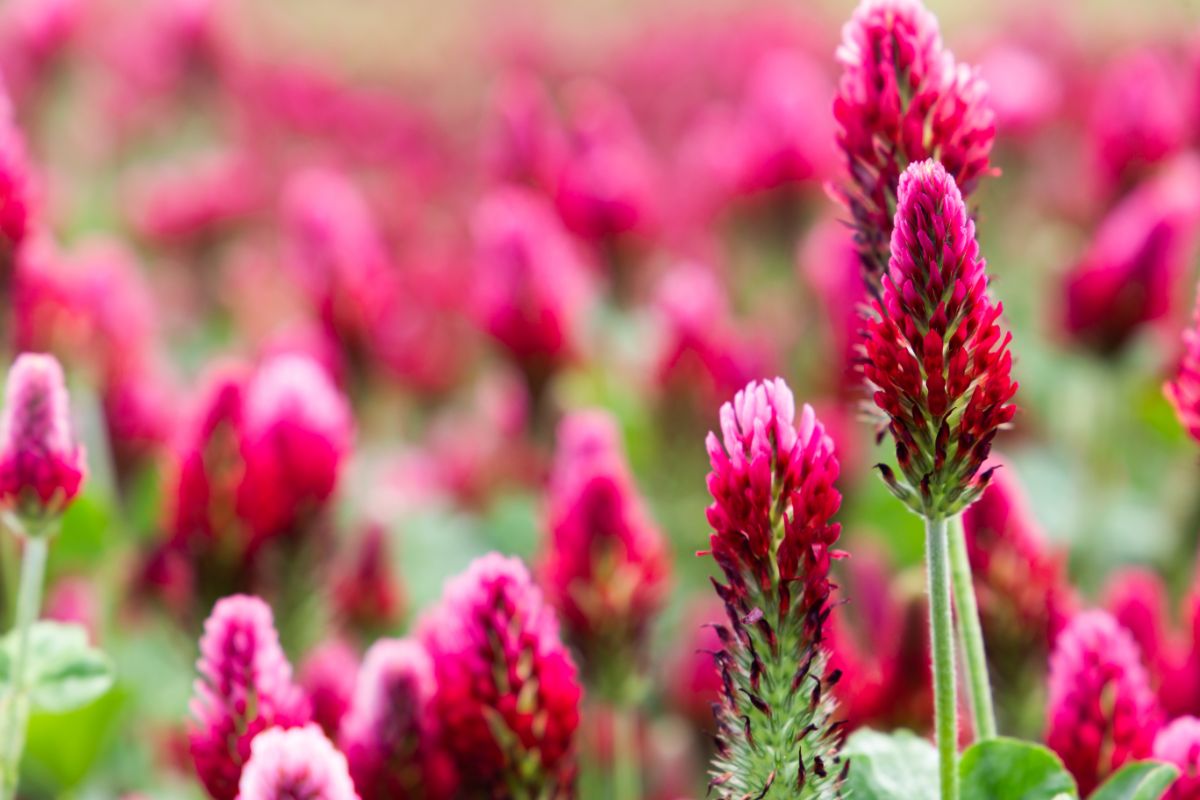
Not every gardener will have an interest in cover cropping, and you may not have the space to include this technique in your crop rotation cycle. However, if you have a larger garden, you may want to sow some cover crops in a section of your garden to give your soil a break and help boost soil fertility.
Cover crops, like alfalfa, winter rye, and field peas, enhance your soil structure, aerate dense soil and reintroduce nutrients back into your garden. These plants can be very helpful in crop rotation, particularly if you sow them in beds that once housed heavy feeders.
Alternatives to crop rotation
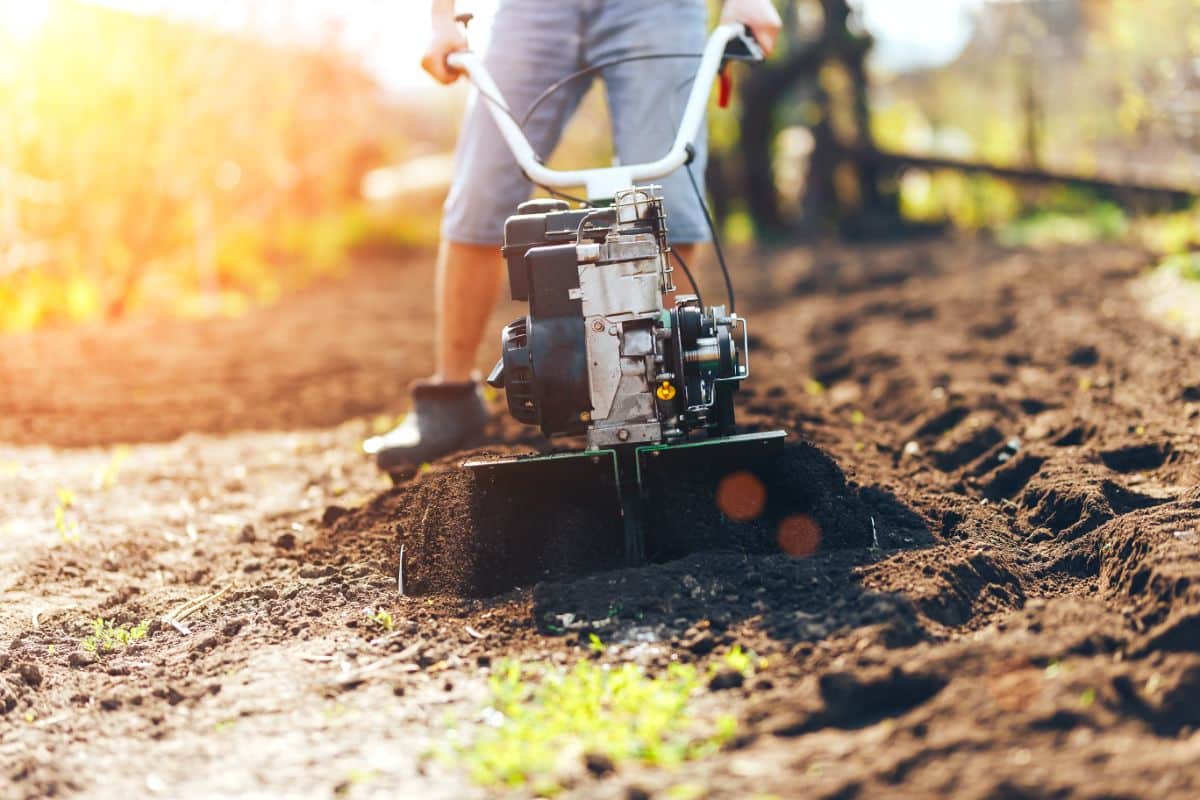
While crop rotation is always recommended, you may be unable to rotate your crops effectively for a number of reasons. Specifically, if you’re gardening in a very limited space, you may not have enough areas available to move crops around. If this sounds like your situation, there are a few other ways you can combat soil issues and prevent overwintering pests.
Soil solarization
Soil solarization is an efficient way of eliminating soil-dwelling pests, like vine borers and wireworms. To employ this process, cover up your garden soil with clear plastic and allow it to bake in the sun for about a month. The heat that develops beneath the plastic will kill off any insects in the soil and leave you with a pest-free garden.
Soil amendments
Heavy-feeding plants can deplete soil nutrients, and this results in dwindling crops the following year. Adding the right soil amendments, like compost or aged manure, can boost soil fertility and help sustain your garden beds.
As effective as crop rotation is for increasing soil health, most gardeners use crop rotation in conjunction with soil amendments. After all, if there are multiple ways to increase the nutrients in your soil, why not use them all?
Tilling
Tilling soil can spread weed seeds and disrupt soil structure, so many gardeners try to avoid it if possible. But there are a few times when tilling makes sense.
If your soil is very compacted and you can’t loosen it up with crop rotation, tilling can help. Tilling will also reduce the number of soil-dwelling pests, such as wireworms.
Crop choices
Gardeners with limited spaces may not be able to rotate their crops effectively. As a result, it can make sense to skip growing certain plants every year to avoid overwintering pests. For example, if you had a problem with wireworms, you may want to avoid growing potatoes for a few years and cultivate a less vulnerable crop instead.
Frequently asked questions
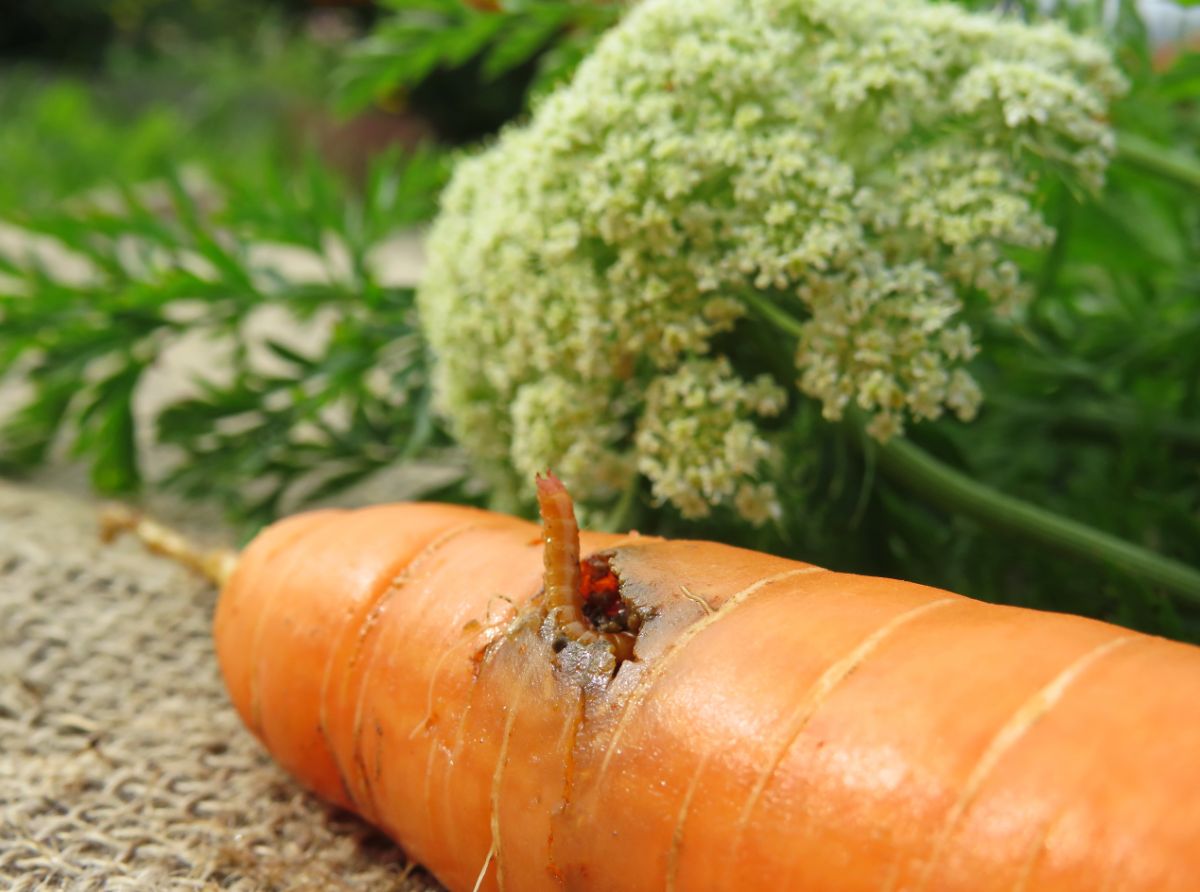
Most vegetables will benefit from crop rotation, with the exception of perennial vegetables. Crop rotation is particularly useful for plants that are prone to pests. Members of the nightshade, cucurbit, and brassica family should always be rotated.
Tomatoes are heavy feeders, so following up a planting of tomatoes with legumes makes a lot of sense. Legumes will increase the fertility of the soil and replenish many of the nutrients lost to your crop of tomatoes.
Beans add nitrogen to the soil, which is beneficial to most plants. However, too much nitrogen can produce an overabundance of leaves and reduced fruit harvests. For this reason, you may not want to plant nightshades in an area that recently housed legumes.
The classic crop rotation cycle is: leafy plants, fruiting plants, root vegetables, then legumes. Following this pattern, leafy greens or brassicas are usually good crops to plant after beans.
Perennial vegetables, like asparagus and rhubarb, do not need to be rotated. Perennial fruit, like strawberries, as well as perennial herbs, don’t need to be rotated either.
Crop rotation can reduce pests and diseases in your garden soil, so it does offer some benefits that fertilizers do not. That said, crop rotation works beautifully in conjunction with many soil amendments. In particular, adding compost to your garden and rotating your crops can boost the health of your plants and enhance your harvest yields too.
Summary
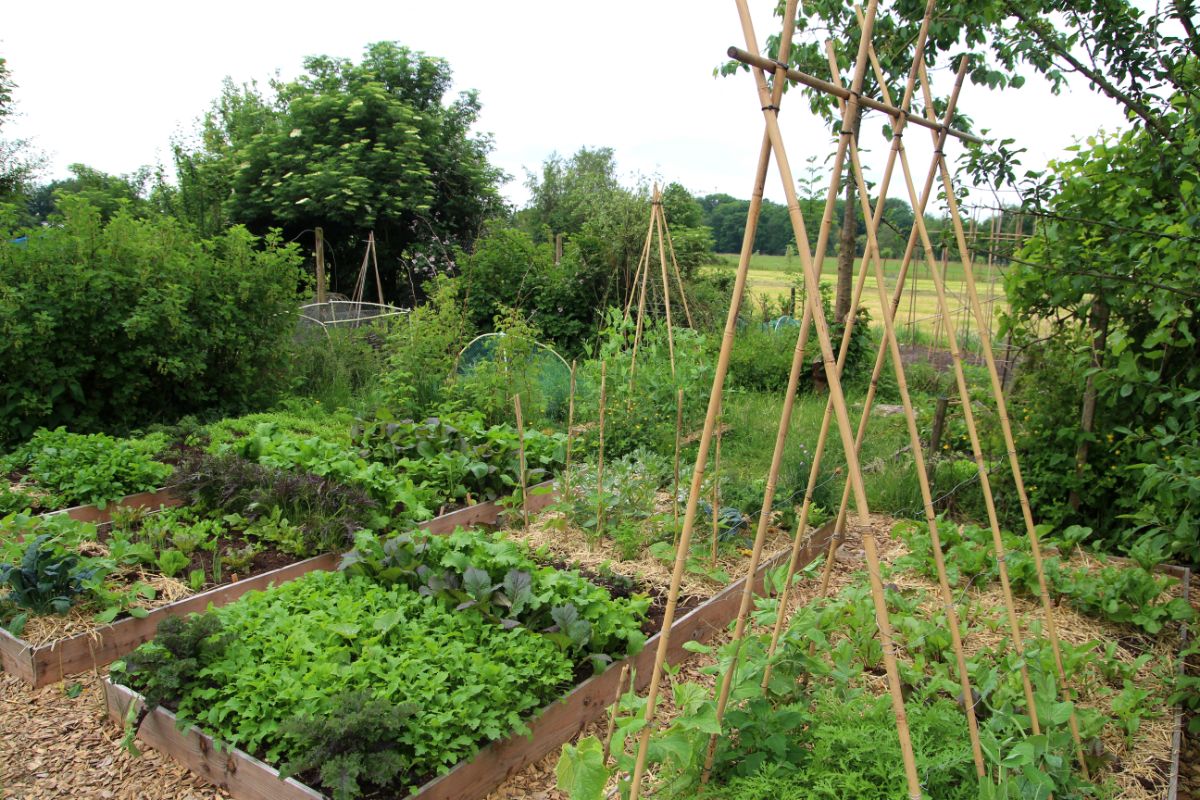
How you decide to rotate your crops will be determined by the types of plants you like to grow and the size of your garden. In a perfect world, every gardener has the space to rotate crops on a 3 to 5-year cycle; however, this can be harder to do in smaller gardens. Focusing on disease-prone plants, like nightshades and brassicas, can be a great place to start if you can’t rotate your entire garden.
In addition, choosing the right rotation pattern can take a bit of trial and error. For a good place to start, try out this pattern: leafy vegetables, fruiting vegetables, root vegetables, and legumes. Or feel free to experiment with different rotation patterns to find the best cycle for your garden.
Crop rotation is wonderful for many reasons – it reduces pests, eliminates diseases, and supports your soil health. For more gardening tips, check out our guides on other ways to build your soil or keep pests away naturally.

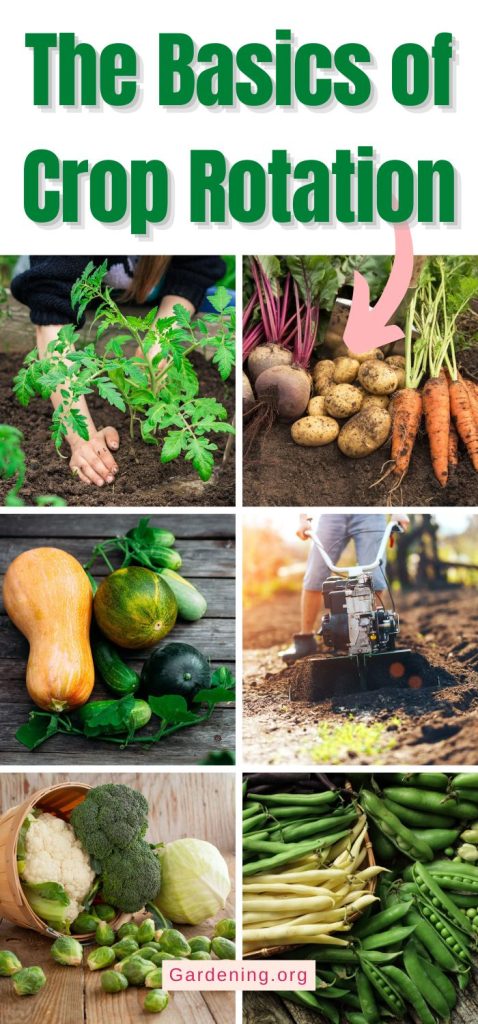
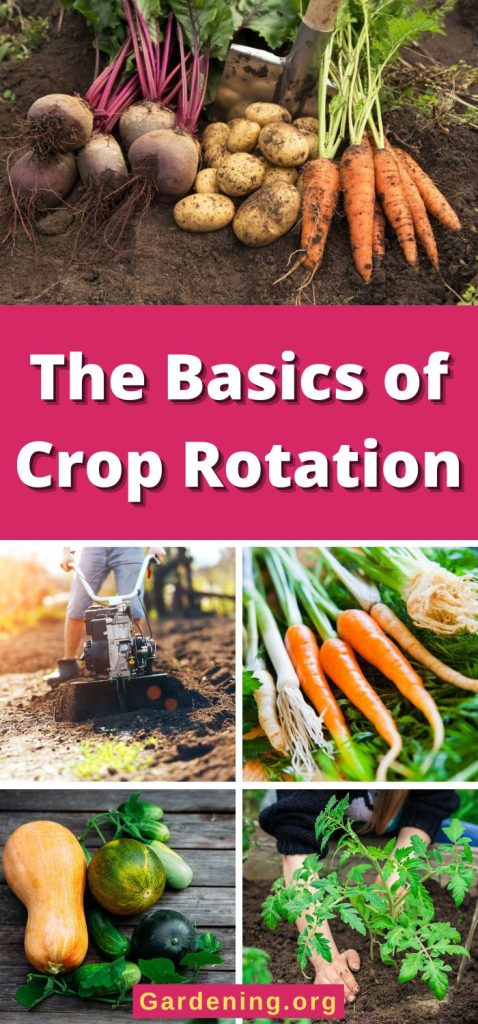
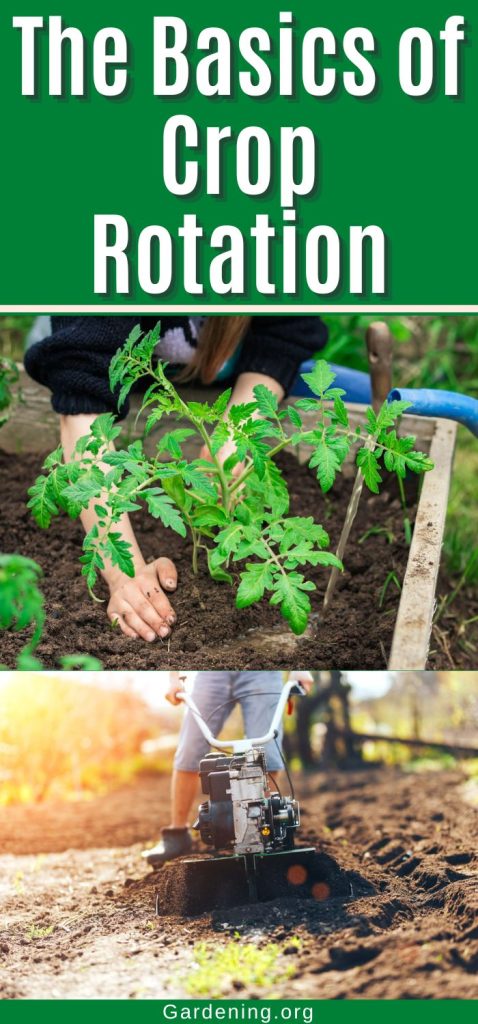
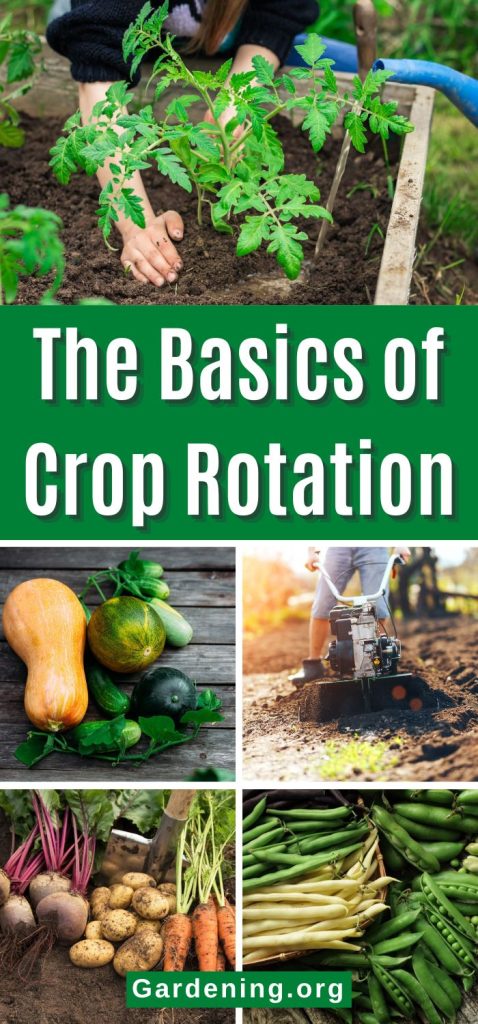




Leave a Reply